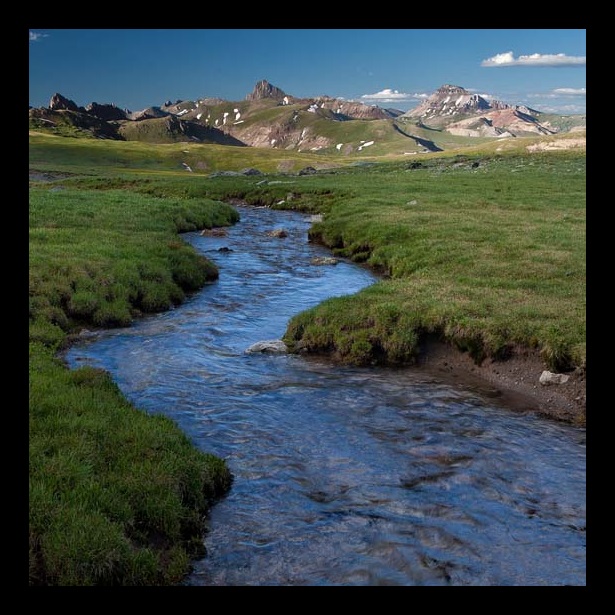Washington State Protects Some of Its Most ‘Outstanding Waters’
First use of special conservation tool will benefit people, ecosystems, and wildlife

Washington state is braided with rivers and streams, each of which helps wildlife and people thrive, contributing to ecosystem resilience. In a nod to that irreplaceable value, on Dec. 18 the Washington Department of Ecology announced the designation of hundreds of miles of the Cascade, Green, and Napeequa river systems as Outstanding Resource Waters (ORWs). This marks the first time that the state has enacted ORW designations, a tool that is reserved for areas worthy of special safeguards and that is available to Tribes and states pursuant to the Clean Water Act.
ORW designation mandates the state’s highest level of water quality protection. In the case of these waterways, it will preserve wildlife habitat and sources of clean drinking water, along with places for current and future generations to fish, hunt, and enjoy other outdoor recreation activities. Here are some of the specific reasons the state took this action now.
Cascade River
The newly protected portions of the Cascade River and its tributaries are in the heart of the North Cascade mountains. The Cascade flows into the Skagit River, which provides 30% of the freshwater input into Puget Sound. Additionally, the Cascade provides critical salmon habitat and places for people to recreate and supports local jobs and businesses.
The protected waters of the Green River system include segments that originate in Mount St. Helens National Volcanic Monument. The watershed in the Green River Valley is culturally and spiritually significant to the Cowlitz Indian Tribe and the Confederated Tribes and Bands of the Yakama Nation. The land is listed in the National Register of Historic Places as a Traditional Cultural Property of both Tribes.
Napeequa River
The protected Napeequa River and its tributaries originate in the Glacier Peak Wilderness, and because of that area’s remoteness, have so far been spared any impacts from development. The river’s cold, pristine waters provide critical habitat for the endangered spring chinook, threatened bull trout, and other species of fish. The Napeequa River feeds into the White River, which in turn flows into Lake Wenatchee, an outdoor recreation and tourism destination.
New designations enjoy broad public support
Beginning in 2021, the Washington Department of Ecology hosted numerous public meetings—in person and online—to share information with local communities about the proposed designations. A 60-day public comment period yielded broad input, including support for the proposed designations from 240 elected officials, Tribes, conservation groups, hunters, anglers, outdoor recreationists, and local businesses.
These designations come as freshwater ecosystems worldwide are declining at a faster rate than terrestrial and marine ecosystems because of climate change. This adds to the urgency to protect healthy river systems before they degrade, action that will benefit watersheds and the people and wildlife that rely on them. The Pew Charitable Trusts joins local Tribes, communities, small businesses, and others in supporting this important action to safeguard these waterways.
Brett Swift works on the U.S. conservation program.


These Washington Rivers Merit Protection Now


States Can Use 'Outstanding' Policy Designation


Western Voters Strongly Favor More Protection of U.S. Rivers












